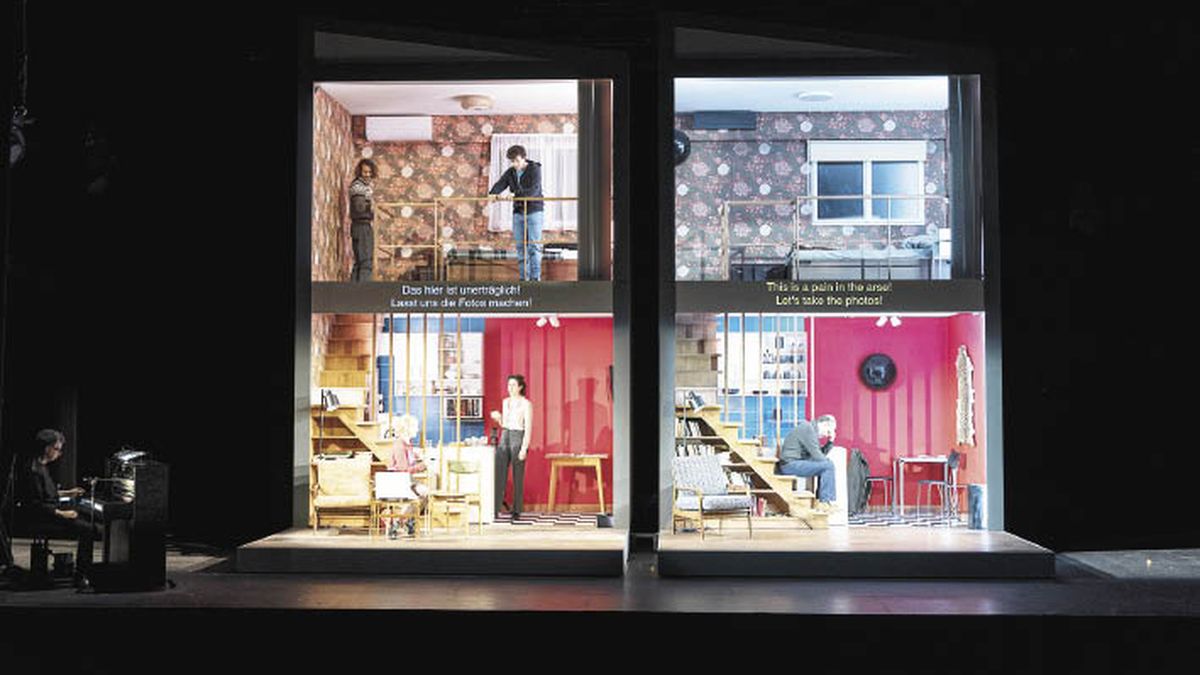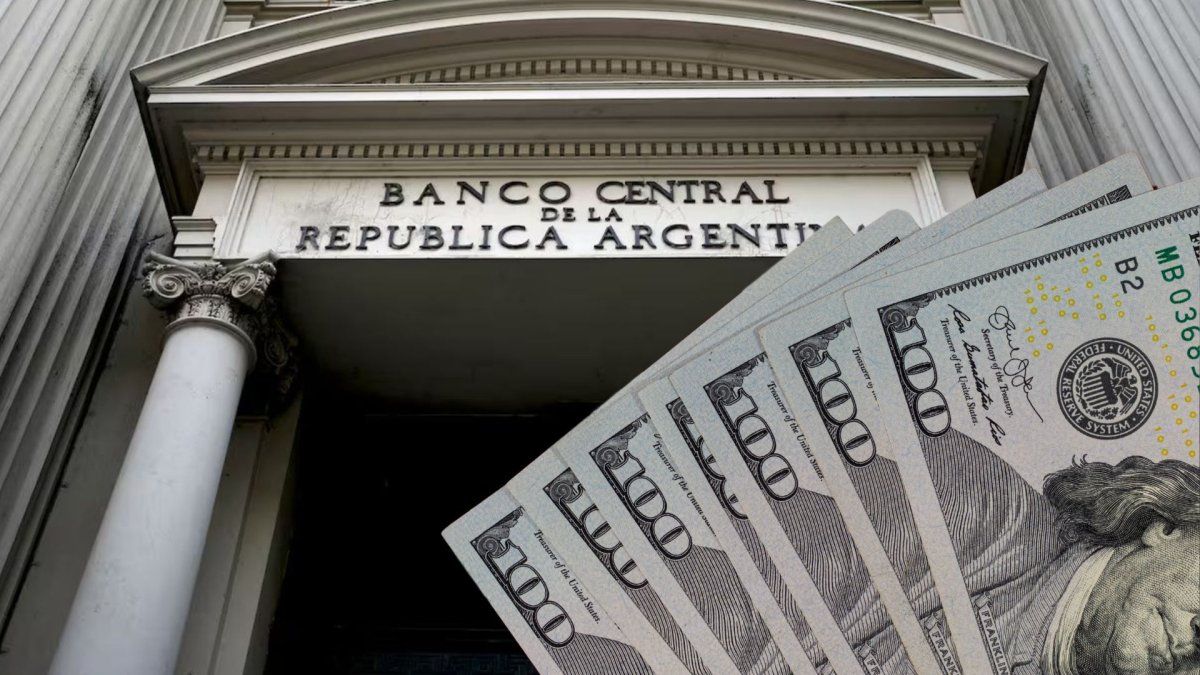Mariano Pensotti: First the idea and the story, I wanted to tell the same character in two moments of his life. Chatting with Mariana before the text was written, the double space arose and that became one of the peculiarities of the play, with two actors playing the same character in two stages of their lives. Another feature is that when he is 30 years old it is 2020, the present, and the other is in 2050.
Q.: What are the themes of the play?
PM: One of the axes is the idea of the future, but not as science fiction, but rather what we will remember from 2020 in 30 years, how that present will be narrated in the future, what things will remain and what will be forgotten. The passage of time as a transformation throughout life, and that one is many, one becomes different versions of oneself and as the years go by we invent our past, we change it every time we narrate it. In other works I looked for traces of the past in the present, so there were allusions to the 70s and 80s, instead here I try to imagine what the future will be like in an ambiguous way.
Q.: What else can you say about the incidence of scenery in the story?
PM: Both the upper and lower floors of the houses are part of the same space, what is downstairs is a living room and kitchen and upstairs there is a room. There are different moments of the characters, more intimate above and more group below. At the top there is a tulle that becomes a live projection screen and has to do with the story of this character when he aspired to be an architect. In that present he is working on a commissioned documentary about the buildings in Buenos Aires that are a copy of the European buildings. Then in one of those abandoned buildings she finds a boy who is living alone and she becomes obsessed with him. He tries to help him, starts following him, and films him. At the age of 60, he returns to Argentina to meet his daughter with whom he has a distant relationship, but also to find out what happened to the life of this boy that he portrayed 30 years ago. What happens on these screens is that in 2020 we see the things that this character is filming and in 2050 he sees that material that he filmed.
P.: What we thought we would be and what we ended up being. What reflection does the work make about it?
PM: The image that one has of oneself at 30 is not the same as at 60. There is a fantasy when you are young and another reality when you are old. The work associates him with certain utopias and the society that is finally built from utopias, which tend to be more failed than the ideas that gave rise to it. The buildings in Buenos Aires that copy the Europeans can be thought of as a utopia of the Argentine class of the early 20th century, a utopia gone wrong. Another of the axes is Lugano, which also has something of a utopia from the 60s and 70s of building decent neighborhoods for the working class and which ended up being traversed by the political and economic crises of the last 50 years.
Q.: In what sense does the work investigate how a work of art can intervene in people’s lives?
PM: There is something of the transforming potential that at the same time generates other fictions because all of us who see something remember it in a different way. Every time we narrate it, we invent it a little, in the same way that we do with our past. I was interested in something in relation to responsibility, the work has to do with the relationship between parents and children, with the responsibility of that growth and with the story of this protagonist who by chance becomes a documentary filmmaker and takes care of portraying this boy who lives on the fringes. Beyond the artistic, he reflects on what we are building for the future. There is also the idea that observation changes the observed but also the observer, everyone is transformed.
Q.: What does it mean to premiere at the San Martín after having launched the work in Europe?
PM: Opening in the San Martín is the dream of the kid, because beyond the fact that the work for random reasons has been released first in Europe, it was always intended for Buenos Aires. It is a Buenos Aires work because it imagines a future for Buenos Aires; It always surprises me that our works travel because I keep seeing them very thought out for the Argentine public. It’s the first time we’ve done a play at the San Martín, we did it at the Sarmiento del Complejo but not here, so opening here has a special flavor. Making a work that has to do with the traces of history in a room as charged with history as the Coronado gives it another layer of meaning because it allows the work to dialogue not only with what it is but with all the memories that people were. looking over time in that room.
Source: Ambito
I am an author and journalist who has worked in the entertainment industry for over a decade. I currently work as a news editor at a major news website, and my focus is on covering the latest trends in entertainment. I also write occasional pieces for other outlets, and have authored two books about the entertainment industry.




